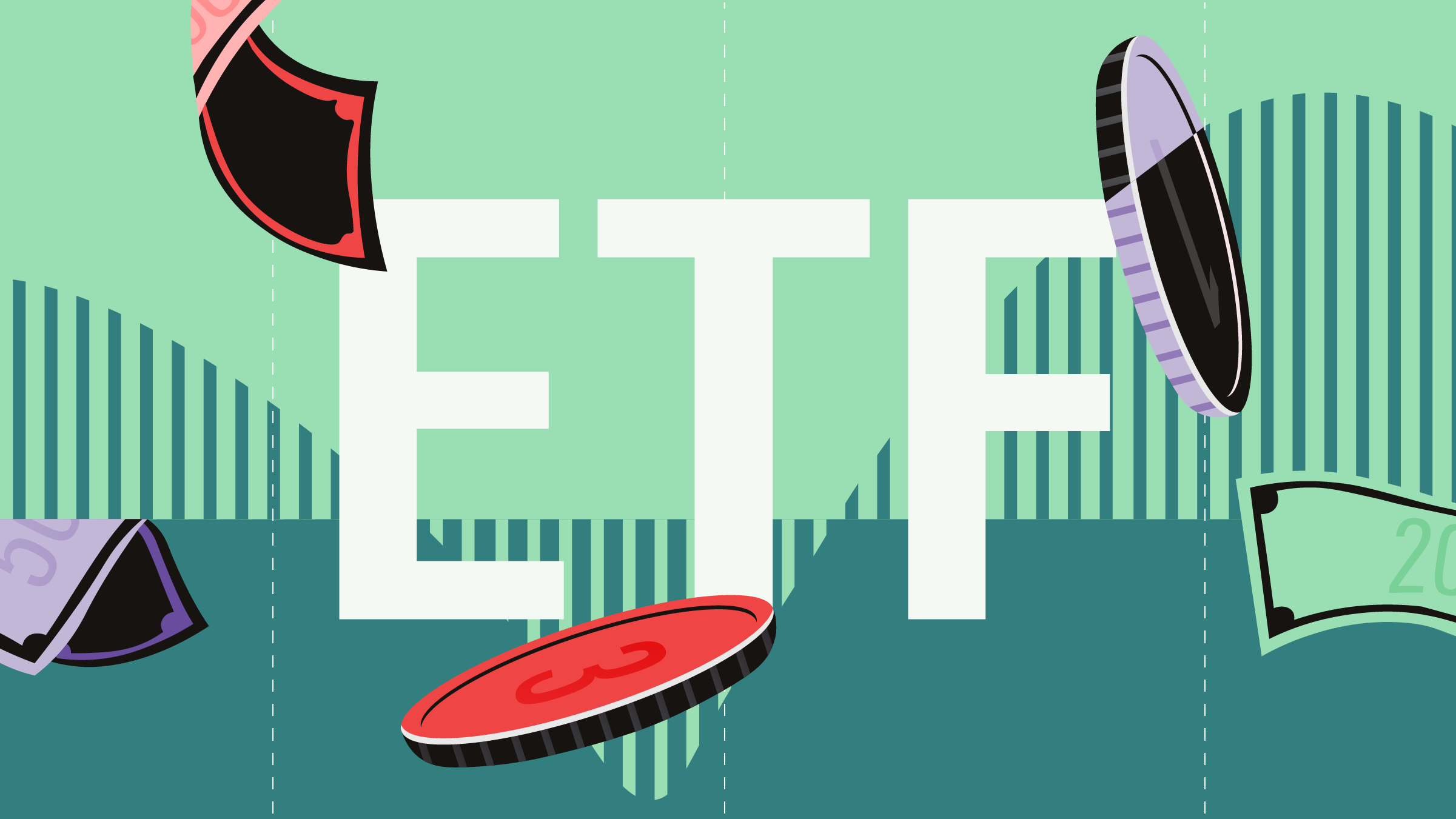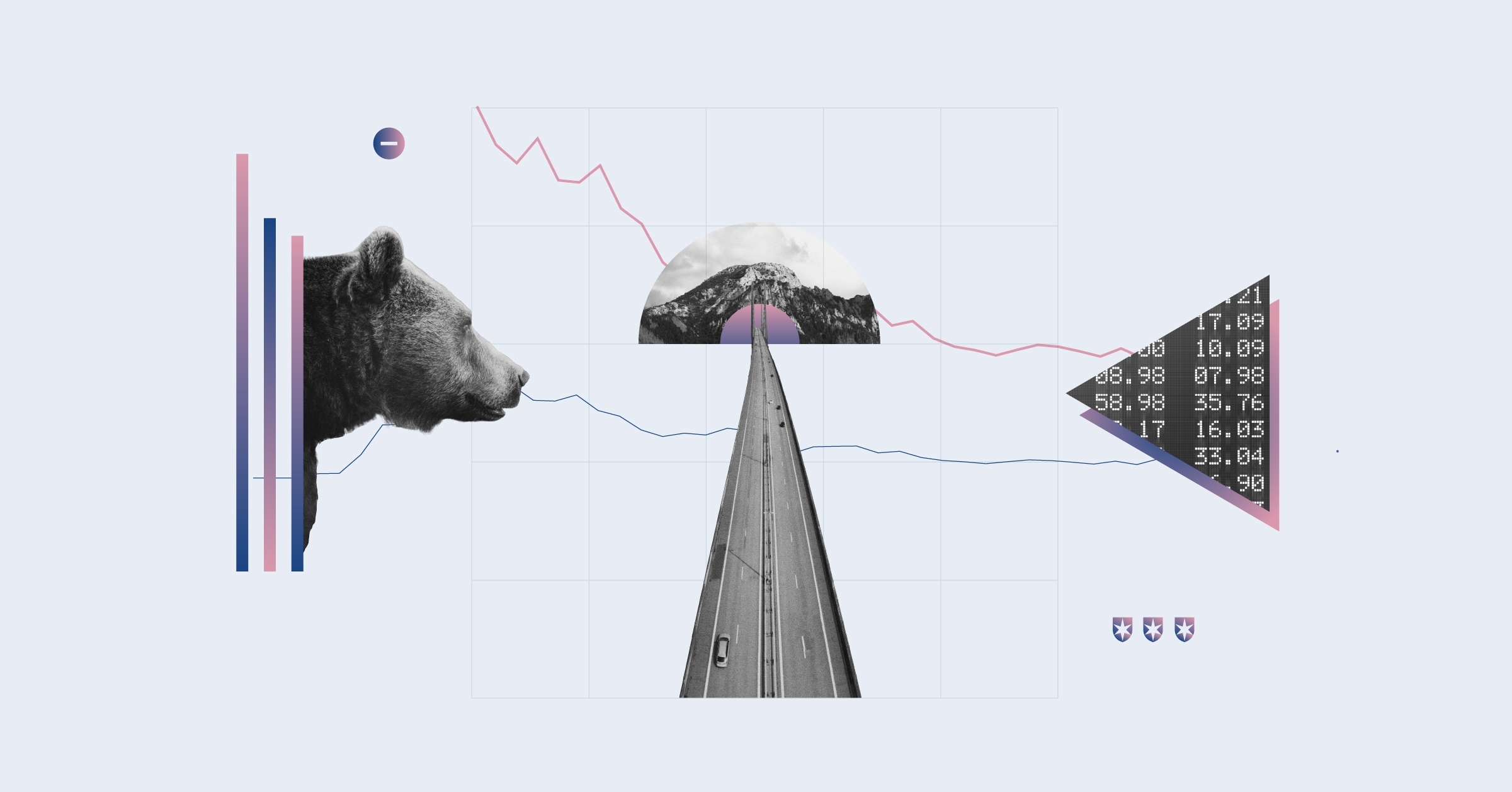Courtesy of the stellar stock market performance of the past several months, your investment portfolio is likely underweight in bonds. But, before you rebalance back to your target asset allocation, now would be a good time to refresh your memory of the main options for investing in bonds -- individual bonds, bond mutual funds, bond exchange-traded funds -- to determine if the option you have been using still fits your personal circumstances. There are merits and disadvantages to each approach.
If you want to buy individual bonds, expect to spend significant upfront time and effort to learn the basics of bond investing. You will need a working knowledge of the types of bonds available (government or corporate; short-, medium- or long-term; high-yield or investment-grade, domestic or foreign etc.) and their features such as credit quality, maturity date and yield. You need to understand how to build a well-diversified portfolio of bonds that fits into your overall investment plan and how to buy and sell bonds. Even if you work with a financial advisor, understanding the basics of bond investing is essential, so you can critically evaluate your advisor's recommendations.
Purchasing individual bonds requires a brokerage account. Unlike stocks, there is no well-established public market where bonds are actively traded. Instead, your choice of bonds depends on what your broker has on hand. Bond prices are set by individual brokers. Commissions are normally built into the quoted price, but may be shown separately. Bond trading costs can be a substantial drag on returns, especially in the current environment of historically low yields.
Bond holders receive interest payments (generally semi-annual) as defined in the bond prospectus. On the bond maturity date, the principal will be returned. There is the possibility that the issuer could default on principal repayment or even interest payments, although the risk should be low for investment-grade bonds (those with a credit rating of at least BBB or equivalent).
If the interest payments are not needed for income, a bond holder must decide how to reinvest this cash. Payments may need to be accumulated until they meet minimum purchase amounts. Reinvesting the payments or the principal from matured bonds requires time and effort, and there will be commission costs.
Bonds are normally purchased in $1,000 increments with a minimum order size in the $5,000 range. Orders as low as $1,000 may be available, but the lower yield and commission minimums make such small purchases unattractive. Good risk-management practice calls for a bond portfolio composed of a diverse mix. Realistically, this can only be achieved if significant funds are available to invest in bonds.
A major advantage of buying individual bonds is the ability to tailor holdings to meet an investor's precise requirements such as the amount and timing of interest payments, credit quality and the maturity date. As well, there are no ongoing fees to pay once a bond is purchased. However, there are also several drawbacks such as high transaction costs and lack of flexibility, as described in this article.
Bond mutual funds and exchange-traded funds have several features in common. They pool clients' money and buy bonds that fit a defined mandate. Both of these financial products allow investors, even those with relatively small sums to invest, to gain a stake in a diversified bond portfolio with one or a few purchases. Once acquired, funds require little ongoing maintenance.
Instead of set interest payments, funds pay distributions that are based on the underlying bond holdings. The amount paid out can vary, and may include capital gains and return of capital as well as interest payments. Distributions are typically paid monthly, which is convenient for income-seeking investors. Automatic re-investment of distributions is usually available.
Unlike individual bonds, most bond funds have no maturity date and no guarantee of return of principal. Instead, on an ongoing basis, they use the cash from new fund purchases and maturing bonds to buy more bonds.
Where bond mutual funds and ETFs diverge is in investing strategy, structure and ownership costs.
Canadian investors can choose from a broad selection of bond mutual funds. Morningstar's database includes more than 1,900 mutual funds spread among six bond categories. These funds offer a range of mostly active investing strategies. By contrast, the database includes about 125 Canadian-listed bond ETFs, most of which employ a passive investment strategy based on replicating the performance of a standard benchmark index. As such, bond ETFs provide better transparency and more consistent risk characteristics than a portfolio of individual bonds or bond mutual funds.
Bond mutual funds are priced in units, and a specific dollar amount can be fully invested easily. They can be purchased from licensed mutual fund dealers which include banks, credit unions, brokerage accounts and independent financial advisors. Orders are fulfilled at the fund's net asset value, which is calculated once a day at the end of the trading day. While a sales commission may be charged, no-load (no sales commission) mutual funds are available.
An investor who wants to buy a bond ETF needs a brokerage account since ETFs trade as shares on the stock market. Bond ETFs can be purchased throughout the trading day at the current market price. There is usually a commission to pay for each transaction, although some discount brokers offer commission- free ETF trades. Compared to a bond mutual fund, it is more difficult to fully invest a specific dollar amount in a bond ETF, and transaction costs could be expensive for small purchases.
Bond fund ownership costs include the aforementioned transaction costs and, unlike individual bonds, ongoing fund operating expenses as reflected in the fund's management-expense ratio (MER). The average MER is around 1.6% for Canadian core bond mutual funds sold by commission-based advisors, and about 0.6% for funds sold directly to investors. (This article explains the difference between fund distribution channels.) The MER for a core Canadian bond ETF is typically less than 0.30%. This lower cost is due largely to the lower implementation cost of the passive investment strategy used by most ETFs.
So, which way should you invest in bonds: individual bonds, mutual funds or ETFs?
"Always start by deciding on your investment strategy, and then choose the vehicle that best fits your needs." says Todd Schlanger, Senior Investment Strategist at Vanguard Canada.
For a basic holding of bonds, it is hard to beat the convenience, diversification and low cost of a passive strategy implemented with a few ETFs that track broad investment-grade bond indices. For active bond investing strategies, mutual funds offer the best choice along with convenience and diversification, albeit at a higher cost than ETFs.
Only dedicated investors with significant assets and a need to precisely tailor their bond allocation should consider holding individual bonds.
The last word on investing in bonds goes to Schlanger: "In today's low yield environment, minimizing the oversized bite that costs can take from bond returns is more important than ever."















